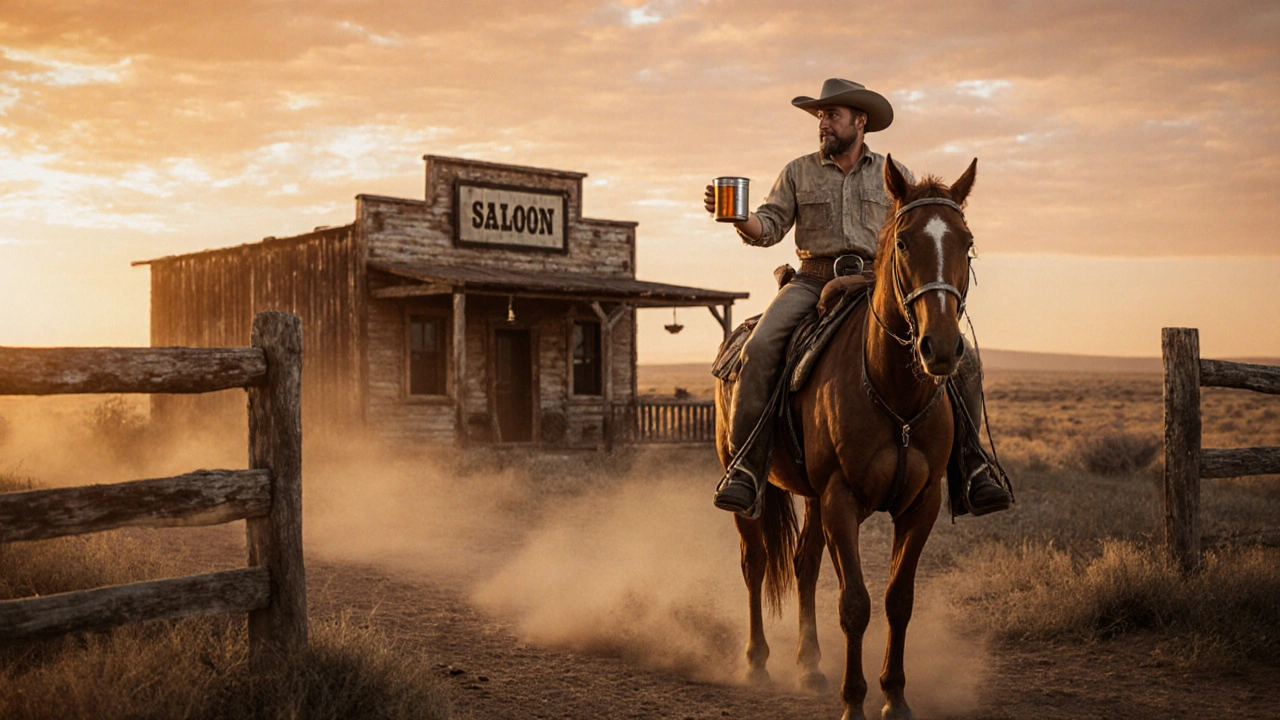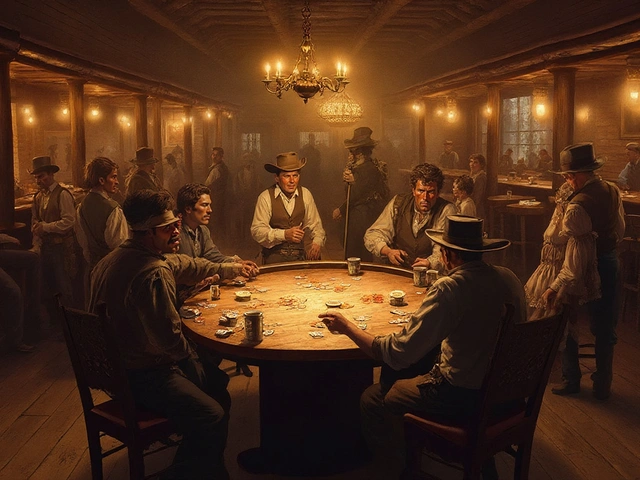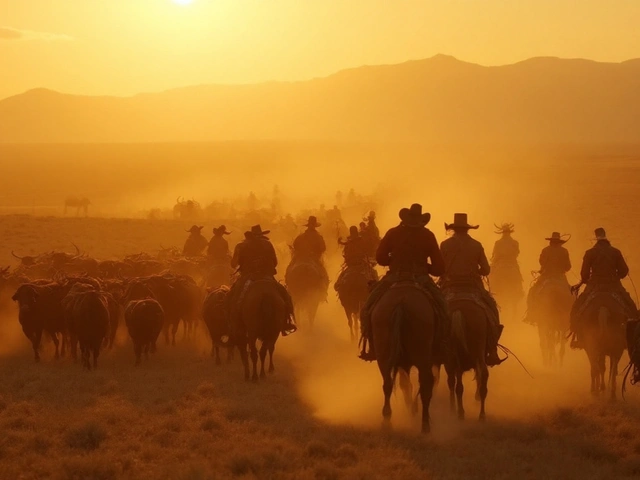Wild West Leisure: How Cowboys Had Fun on the Frontier
September 17 2025Moonshine – The Untold Story of America’s Bootleg Spirit
When working with Moonshine, illegally produced corn‑based whiskey traditionally distilled in concealed stills. Also known as white lightning, it has been a staple of Appalachian culture, a region where homemade spirits and self‑reliance shaped daily life and a catalyst for Bootlegging, the clandestine transport and sale of illegal alcohol. The surge of Prohibition, the 1920‑1933 nationwide ban on alcohol turned moonshine into both a survival staple and a symbol of resistance. Together, these forces created a legacy where a simple grain mash became a cultural icon and a loophole‑filled industry.
How Moonshine Is Made: The Art of Homemade Distillation
At its core, moonshine production relies on Homemade Distillation, the process of heating fermented mash and condensing the vapor to isolate alcohol. Typical stills are made from copper because the metal removes sulfur compounds and improves flavor. A basic setup includes a mash pot, a condenser coil, and a collection vessel. The mash usually starts with corn meal, water, and yeast; after a few days of fermentation, the liquid reaches 5‑10% alcohol. Heating it gently in the still raises the temperature to the alcohol’s boiling point (173°F/78°C), allowing the vapor to travel through the coil where it cools back into liquid form. This simple yet precise method yields a clear, high‑proof spirit that can be flavored with fruit, honey, or spices. The whole operation hinges on three key attributes: temperature control, purity of the copper, and the quality of the mash.
During the Prohibition era, the demand for illicit liquor turned many families into makeshift engineers. Revenue agents, often called "revenuers," prowled the hills looking for hidden stills, which forced moonshiners to develop portable rigs and clever camouflage. The cat‑and‑mouse game spurred innovations like hidden compartments in barns and disguised exhaust pipes that doubled as condensers. These historical skirmishes still echo in modern folklore, where stories of moonshiners outsmarting lawmen are told around campfires. Today, the same attributes—stealth, ingenuity, and a willingness to bend the rules—define the underground market, even as legal craft distilleries mimic the traditional techniques for a legitimate audience.
The cultural imprint of moonshine stretches beyond the still. Festivals across the South celebrate the spirit with tasting contests, music, and cooking demonstrations, turning what was once a secret into a community event. Modern legal distilleries have taken the old recipes, refined them, and marketed them as premium "Moonshine" brands, complete with sleek bottles and flavored varieties like apple pie and cherry. Yet the original allure remains: a raw, unfiltered taste of independence and a reminder that even under heavy regulation, people find ways to create what they love. This blend of history, craftsmanship, and rebellion makes moonshine a unique case study in how a simple grain mash can influence law, economics, and identity.
Whether you’re curious about the chemistry of moonshine, the daring tactics of bootleggers, or the way Appalachian traditions keep the craft alive, the collection below offers a deep dive into every angle. From the technical side of distillation to the legal battles that shaped its evolution, you’ll find stories and facts that explain why this hidden spirit still captivates enthusiasts and historians alike. Explore the articles to see how a grain‑based brew became a symbol of freedom, a subject of law, and a lasting piece of American folklore.
 14 Oct
14 Oct
Cowboy Alcohol Drinks: What Booze Did Cowboys Sip in the Old West?
Explore the range of drinks cowboys favored in the Old West, from whiskey and bourbon to beer, moonshine, and non‑alcoholic sarsaparilla, with history, prices and modern recreations.
Read More...




